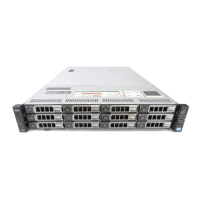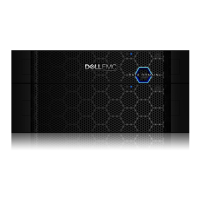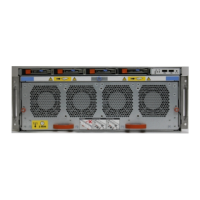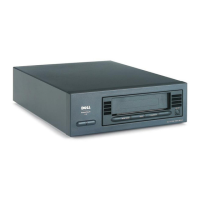17 DR4100 Best Practice Guide | April 2014
6.2 Network Interface Card Bonding
Network interface card (NIC) bonding provides additional throughput and/or failover functionality in the event a link is
lost. The DR4100 supports two bonding modes: dynamic link aggregation and adaptive load balancing (802.3ad and
ALB). Each of these modes has their own advantages and disadvantages that should be considered before choosing a
mode.
Dynamic link aggregation (Mode 4 or 802.3ad) creates aggregation groups that utilize the same speed and duplex (i.e.
10GB and 10GB full-duplex links). Mode 4 (See Figure 1) is highly beneficial in increasing speed and bandwidth
capability for multiple data streams, but will not increase the speed or bandwidth capability of a single data stream.
Slave selection for outgoing traffic is executed according to a simple XOR policy. When utilizing mode 4 it is important
to note that the maximum bandwidth available is not always equal to the sum of each link in the bond. Also, always
ensure that the switch(s) being used support 802.3ad Dynamic link.
Figure 1 Dynamic link aggregation
Adaptive load balancing (Mode 6 or ALB), the default load balancing mode, is transmit load balancing with the addition
of receive load balancing (See figure 2). The receive load balancing uses address resolution protocol (ARP) to intercept
packets and reassign destination MAC addresses. This means that traffic is distributed across slave NICs according to
current load. In this mode, it is not possible to mix interfaces of different speeds. (i.e. 10GB and 1GB links) and no
specialized switch support is required. When utilizing mode 6, the total available bandwidth of the bond is equal to the
bandwidth of a single physical connection.

